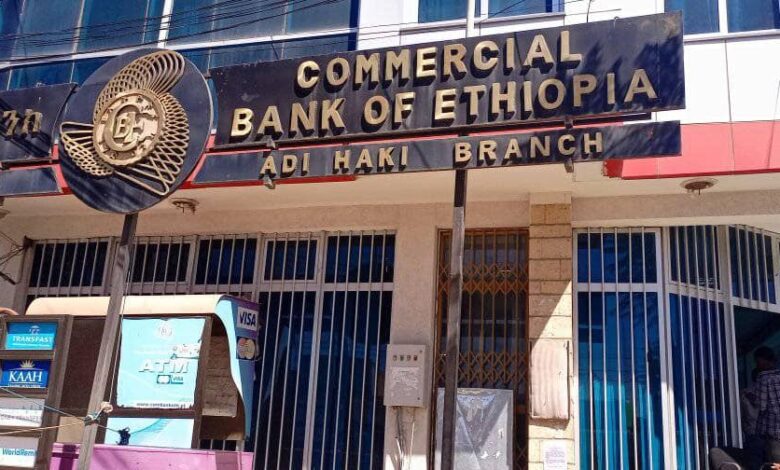Bank of Ethiopia Glitch Allows Customers to Withdrawal Millions

- A glitch on Saturday allowed the withdrawal of millions
- CBE President Abe Sano addressed the media, acknowledging the glitch
- CBE has launched an aggressive campaign urging customers to return any excess money
The Commercial Bank of Ethiopia (CBE) has found itself grappling with an unexpected crisis when a system glitch allowed customers to withdraw millions of dollars more than they had in their accounts. The incident, which occurred on a Saturday morning, saw students and account holders alike seizing the opportunity to cash out, triggering a rush to the ATMs that swept across university campuses and beyond.
According to reports, more than $40 million was withdrawn or transferred to other banks during the chaotic hours that followed the discovery of the glitch. The scale of the withdrawals caught the attention of authorities and bank officials alike, prompting swift action to contain the situation.
CBE President Abe Sano addressed the media, acknowledging the glitch and assuring customers that their personal accounts were secure. He emphasized that the bank was not the victim of a cyber-attack, but rather a technical malfunction during routine maintenance. However, he noted that while the loss was significant, it was relatively small compared to the bank’s total assets.
As word of the windfall spread through social media and word of mouth, long queues formed at ATMs, with students at various universities taking advantage of the unexpected opportunity to access funds they did not possess. Despite the bank’s efforts to freeze transactions and regain control, the damage had been done, prompting concerns about the security of digital banking systems and the accountability of customers.
Bank of Ethiopia Glitch: Next steps?
In a bid to reclaim the missing funds, CBE launched an aggressive campaign urging customers to return any excess money they had withdrawn. The bank gave a deadline for repayment, warning that those who failed to comply would face legal consequences. Abe Sano made it clear that the bank would pursue legal action against those who did not return the funds voluntarily, emphasizing the traceability of digital transactions and the accountability of customers.
The aftermath of the glitch saw a flurry of activity as bank officials scrambled to audit transactions and identify those responsible for the unauthorized withdrawals. While some customers voluntarily returned the excess funds, others remained defiant, raising questions about the extent of the losses incurred by the bank and the efficacy of its recovery efforts.




